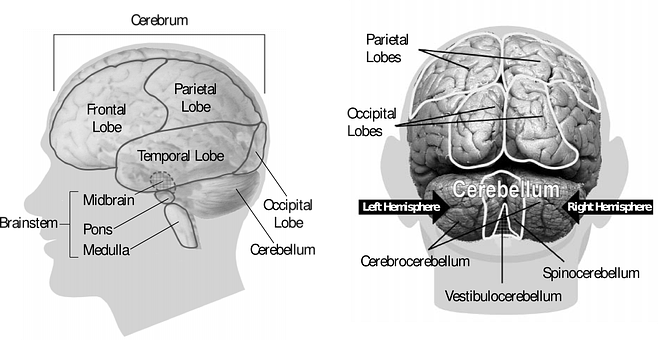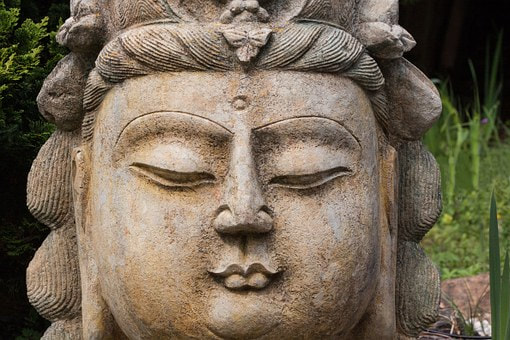Archived Blogs
|
The pituitary gland is known as the master gland of the body. It’s about the size of a pea and located behind the bridge of the nose between the two hemispheres of the brain. It controls many of the hormones in our body…thus the impressive title. It’s responsible for regulating our thyroid gland, breast milk production, adrenal glands, ovaries and testes, and even how much urine we produce (depending on how hydrated we are). In medical school, the pituitary gland received a lot of attention and a lot of test questions. The pineal gland, situated a little behind the pituitary gland in the middle of the brain (and above the pons in the image), didn’t get nearly as much consideration. Its primary duty is melatonin production. You’ve probably heard of melatonin--you can buy that at the store, right? Melatonin is a hormone that helps our body recognize when it’s time to sleep. Synthetic melatonin is used to effectively help sleep disorders. That pretty much sums up what I learned in medical school. I could identify the location of the pineal gland in the brain and could describe its role in the body. But what if there’s more to the story? René Descartes (1596–1650) was a philosopher and mathematician but he had a special interest in anatomy. He believed the pineal gland was important because… “this gland is the principal seat of the soul, and the place in which all our thoughts are formed.” His logic might have been a little flawed… “The reason I believe this is that I cannot find any part of the brain, except this, which is not double. Since we see only one thing with two eyes, and hear only one voice with two ears, and in short have never more than one thought at a time, it must necessarily be the case that the impressions which enter by the two eyes or by the two ears, and so on, unite with each other in some part of the body before being considered by the soul.” The reality is that the pineal gland (named for its resemblance to a pine cone) is believed to be an atrophied photoreceptor. What does that mean? It means that scientists believe this light-sensing organ used to have a more significant role but over time the gland’s importance has diminished. Because of its ability to respond to light, it has been referred to as the parietal eye…or the third eye. Surely not this type of third eye… Well, it depends on who you talk to…
Madame Blavatsky (1831-1891) contended that the pineal gland was the “eye of Shiva”. Blavatsky founded theosophy, a religious movement in the nineteenth century that drew upon religions like Buddhism and Hinduism. Shiva is one of a trio of gods, the triumvirate, in the Hindu religion. He’s typically depicted as a blue-faced man with a third eye on his forehead. What is the significance of the third eye? It’s believed to be a gateway to a higher consciousness. The “third eye”chakra allows us to transcend our human senses of sight, taste, smell, sound and touch…and utilize our intuition or gut feelings. To see the unseen. Is the pineal gland a left-over organ that produces a hormone we can buy at a local pharmacy or a mystery gland that allows us to see beyond our normal dimensions? Hmm...
0 Comments
Leave a Reply. |
Archives
October 2020
Categories |
COPYRIGHT 2017 SUSAN BADARACCO | Site Credits




 RSS Feed
RSS Feed